Dzing Dzing
The Ministry of Culture and the Biennale Internationale Design Saint-Etienne have put out a call for contributions from researchers, artists, designers to present their research work at the Dzing Dzing colloquium: Drawing and Research.
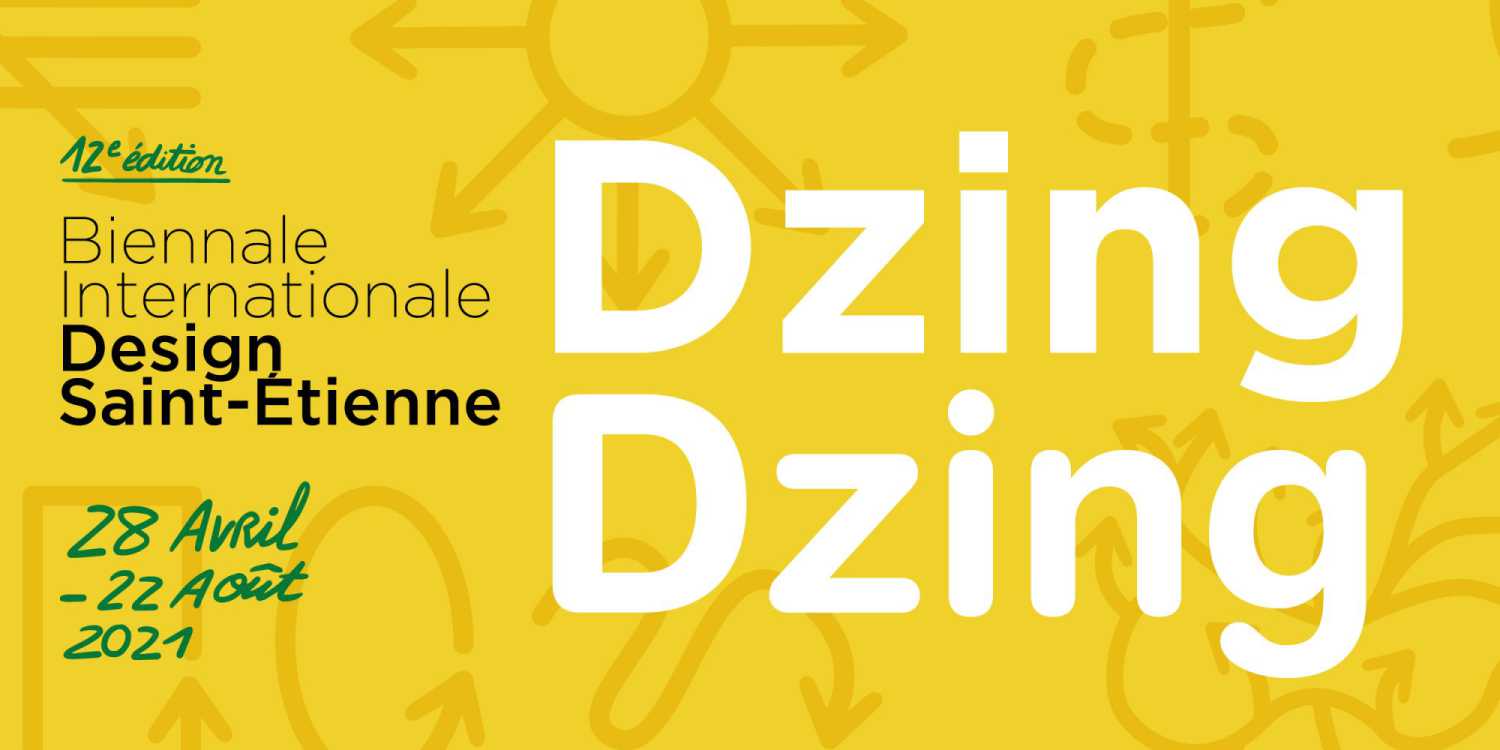
On the occasion of 12th Biennale Internationale Design de Saint-Etienne 2021 on the theme of Bifurcations, the second edition of Dzing Dzing, Research at art and design schools will offer a reflection on drawing as a tool for invention and transformation in research.
Drawing will be queried in all its forms and methods: drawing for invention, experimentation, drawing for scientific representation, drawing and planning, drawing and design… But also how drawing acts and is hybridised through new methods of representation : technical representations, in 3D, in 2D, data visualisation, mapping, technical diagrams and/or narrative forms, tied in with new forms of design: service design, public policy design, etc. How the medium and the media transform what research has to tell us, how they instrumentalise and subjectivise it and inspire imaginary constructs at the frontiers of science, technology and creativity.
Design research under the influence of drawing
Drawing can give shape to a research field, by influencing the design process itself. It activates semantics of forms, writing, grammars to drawout meaning and thereby enliven and disrupt the research process. How does that happen? What is it about drawing, the action of drawing that disorientates or re-orientates design research? What does it tell us about the status and the state of that research?
Dzing dzing is proposing two themed half-day sessions to contemplate the tools that might be used to express research and creativity in the light of new orientations and potential "bifurcations".
Provisional programme
Tuesday 25 May – Testimonials
14.00-14.20: Introductions
14.20-14.50: Genealogy: about drawing and research
14.50-15.20: A face-to-face between an artist and a designer for whom drawing central to design practice
15.40-16.30: The question of drawing and research, the point of view of an international theorist
16.30-17.00: Face-to-face with researchers (from outside the art school world)
17.00-18.00: Esquisse – 5 young AAC researchers
18.00-18.30: Conclusion with Guest Speaker
Evening: buffet - encounters and presentation of the Jacques Bonnaval research prize 2021
Wednesday 26 May 2021 – Theoretical questions
08.30-09.00: Arrivals
09.00-09.30: A face-to-face between an artist and adesigner whose drawing is a challenge
09.30-10.30: Esquisse – 5 young AAC researchers
10.30-11.20: The question of drawing and research, the point of view of an international theorist
11.20-11.50: Battle - 2 school labs
11.50-12.30: Round table with 4contributors (curator, practitioner, labs)
12.30-13.00: Summary by the Guest Speaker
As a prelude to the twohalf-days, a “drawing & research” genealogy will be proposed with historical and scientific conversations and dialogues:
Drawing, tool, writing
We will address the uses of drawing in comparison with other practices. How does design take possession of it ? How does it accompany artistic practices, in its history, in daily usage (discourse, dialogues, mediation, production, archives, etc.) ? A genealogy of its uses remains to be done.
Drawing, objectivity, translation
Drawing, a tool for representation : between the search for scientific objectivity (L. Daston, P.Galison, 2007) and the assertion of a translation, there are as many possibilities for languages as there are modes of representation. If drawing allows a reappropriation of the images and signs reified in a creative process, it can also favour certain modes of interpretation, captivate the imagination and give an image of scientificity. Drawing in the service of research ideologies?
Drawing as a subject for research
Taking over drawing as a research space: expanding the notion of research to artists and designers who claim that space, but also to the small number or researchers who have specialised in the exploration of drawing. Here there is an anthropological process (Art and Design) at work. From sketch to sensitive map, from depiction to plan, from diagram to digitised drawing, etc., presentation of outlines and issues. How does design research challenge one of its media?
Dzing Dzing 2021 Scientific Committee
Solène Bellanger, head of the research mission at the DGCA, Ministry of Culture;
Nawal Bakouri, director of ESAD Valenciennes (Higher School of Art and Design);
Sandra Chamaret, lecturer at HEAR Strasbourg (Rhine High School of Arts);
Juliette Chevalier, coordinator, directorate general for artistic creation;
Jérôme Delormas, general manager of isdaT (Higher Institute of Arts of Toulouse), Fine Arts, Performing Arts:
Ludovic Duhem, research coordinator, ESAD Valenciennes (Higher School of Art and Design);
Catherine Geel, historian, ENSAD Nancy,Sciences Po Paris, Centre for research in design (ENS Paris Saclay/ENSCI-Les Ateliers).
Emmanuel Guez represented by Caroline Zahnd, designer, ESAD Orléans (Higher School of Art and Design);
Axelle Grégoire, architect, lecturer at ESAD Valenciennes (Higher School of Art and Design);
Etienne Hervy, director of Valence Higher School of Art and Design;
Eric Jourdan, director of ESADSE (Saint-Étienne Higher School of Art and Design);
Romain Mathieu, PhD in the history of art, professor at ESADSE, joint head of the LEM laboratory;
Xavier Moulin, coordinator of the Design in transition master's course, EESAB Brest (Brittany European School of Design);
Ernesto Oroza, designer, head of the postgraduate Design Research Cycle at ESADSE, director of Azimuts magazine;
Frédérique Pain director of ENSCI (Higher National School of Industrial Design), represented by Armand Béhar, Deputy Director of the Design Research Center (ENS Paris Saclay ENSCI Les Ateliers);
Claire Peillod, director of cultural and artistic development at the EPCC Cité du Design-ESADSE;
Olivier Peyricot, designer, director of Research at the Cité du Design, scientific director of the 12th Biennale Internationale Design Saint-Étienne 2021;
Corinne Sentou, inspector of artistic creation, DGCA, Ministry of Culture;
Emmanuel Tibloux, director of ENSAD (Higher National School of Decorative Arts), represented by Aurélie Zita, assistant director of studies in charge of international relations at ENSAD.
Type of presentation
Young researchers are invited to present their research work (research results or questions or explorations of a specific issue, from the angle of the general Dzing Dzing 2021 theme) in two formats: a 10-minute presentation and an A1 size research poster.
Objective
To make acontribution to the drawing and research question, to confront one's work with that of one's peers, to organise a debate on the tools, methods and challenges of design research in the context of Art and Design schools in France and internationally.
Who can apply?
This call for candidates is open to
– young researchers, designers and artists from schools of art and design in France and abroad
– students on DSRD (Higher Diploma in Design Research) or DSRA (Higher Diploma in Art Research) courses
– PhD students at schools of art and design
– Postgraduate students at schools of art and design
– young professional designers who are involved in research practices
– Candidates may be groups, but they will have the same amount of time for their presentation
Selection criteria
Contributors will be selected by the Scientific Committee based on there levance and singularity of their proposal with regard to the general orientations of the colloquium.
The trip to Saint-Étienne
The winners will be invited to Saint-Étienne to attend the entire colloquium taking place on 25-26 May and to visit the Biennale (accommodation and meals are provided). The session will take place in the Auditorium at the Cité du Design. The projections will be in the form of slides projected on a 4:3 screen. Participants will have a lectern with a microphone. The poster will be displayed in the participants' and public reception areas in order to prolong the exchanges.
How to respond?
A preselection will be made based on the information deposited online. You will be asked to provide a 10-line presentation of your pitch, a list of the participants and partners and your contact details.
Formulaire d'inscription
Deadline for submissions for the Call for Candidates: 18 January 2021, midnight.
– The candidates selected will be informed by e-mail at the end of February 2021
– The slides for the presentations (in ppt and pdf formats) must be submitted by e-mail at the latest by 20 May 2021 (12 noon).
– The posters will be put up on 24 May, in the evening.
Contact
dzingdzing.bid@esadse.fr
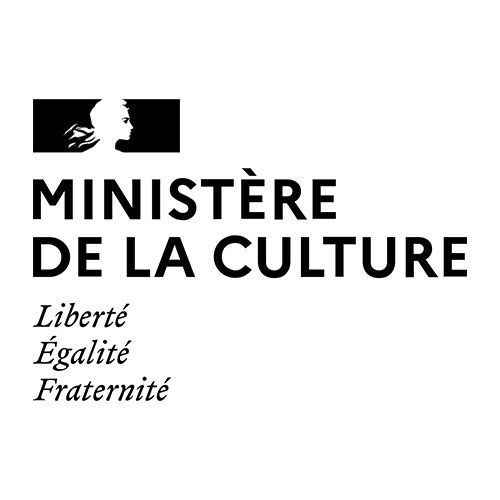

The safety of workers and the public remains the priority. The different days are adapted in order to be compatible with the barrier gestures: spacing between each seat of a minimum of one meter, breaking out of the event in different rooms, limited number of people per day, holding days by videoconference, etc.
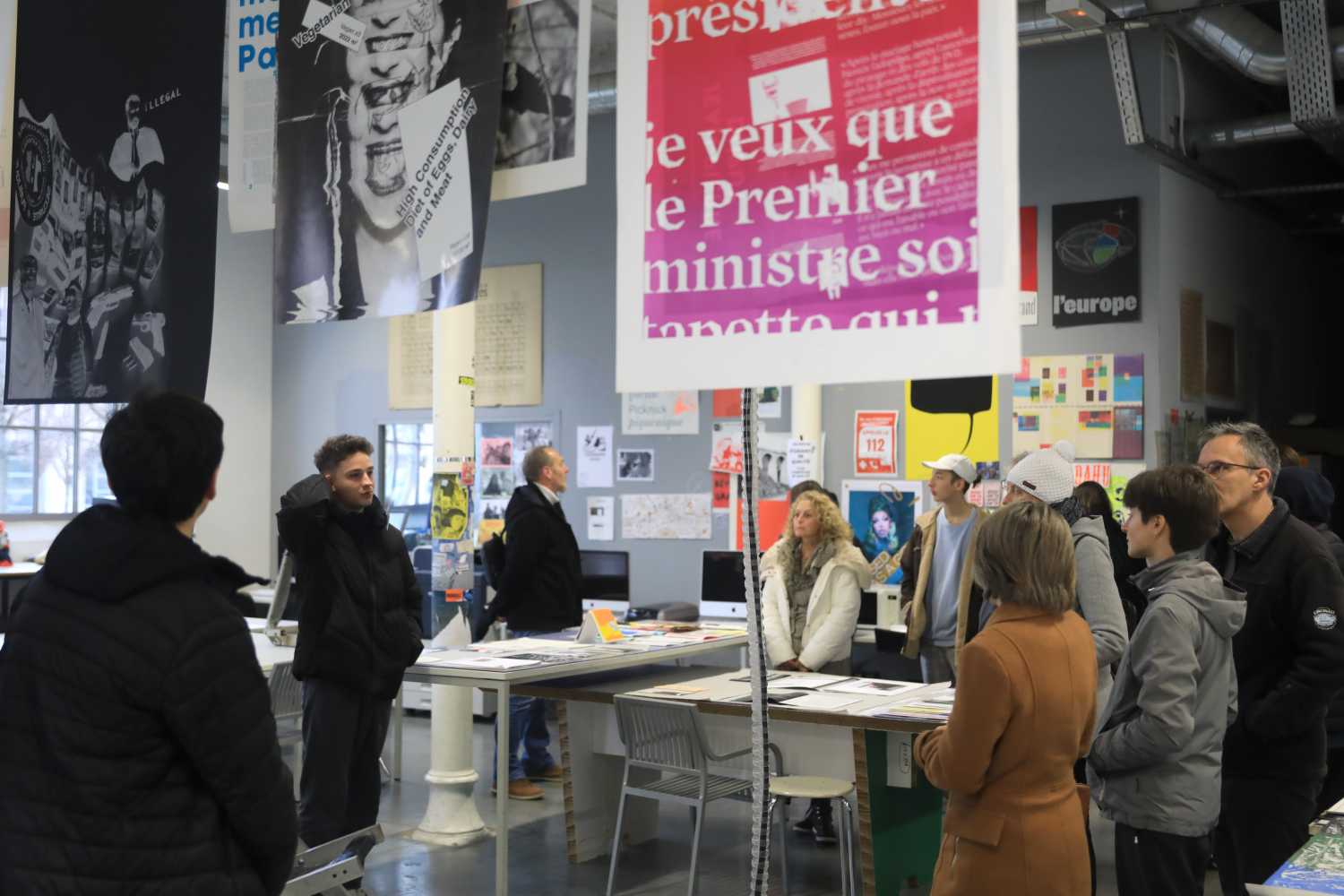
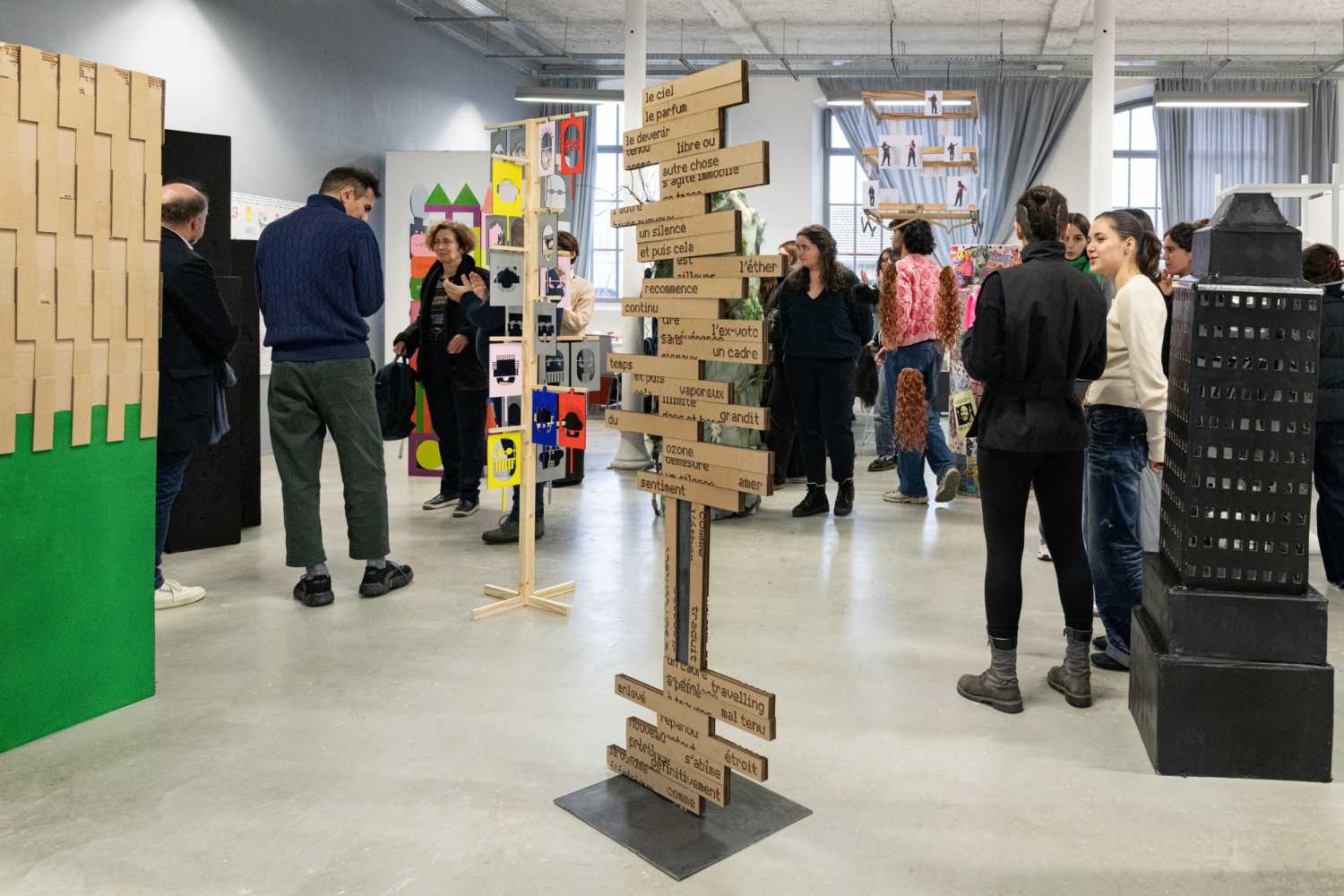
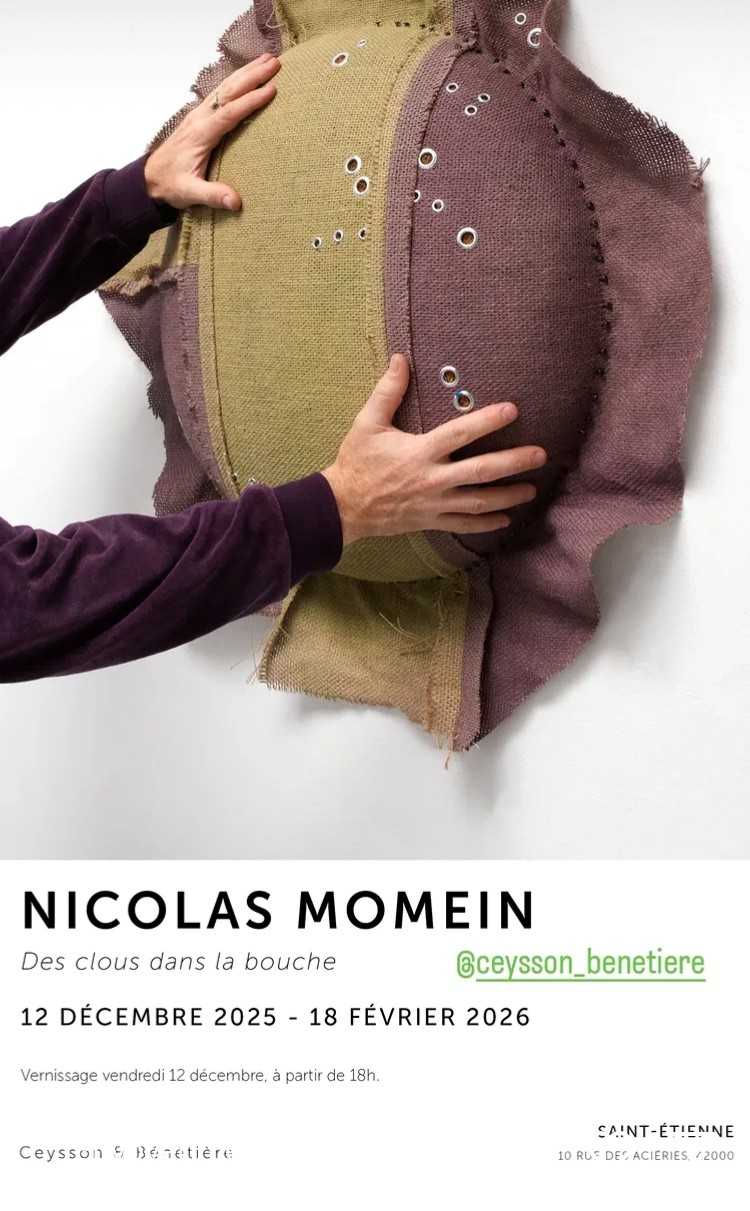
Détournement et économie des ressources : la création numérique comme manière de jouer avec les contraintes
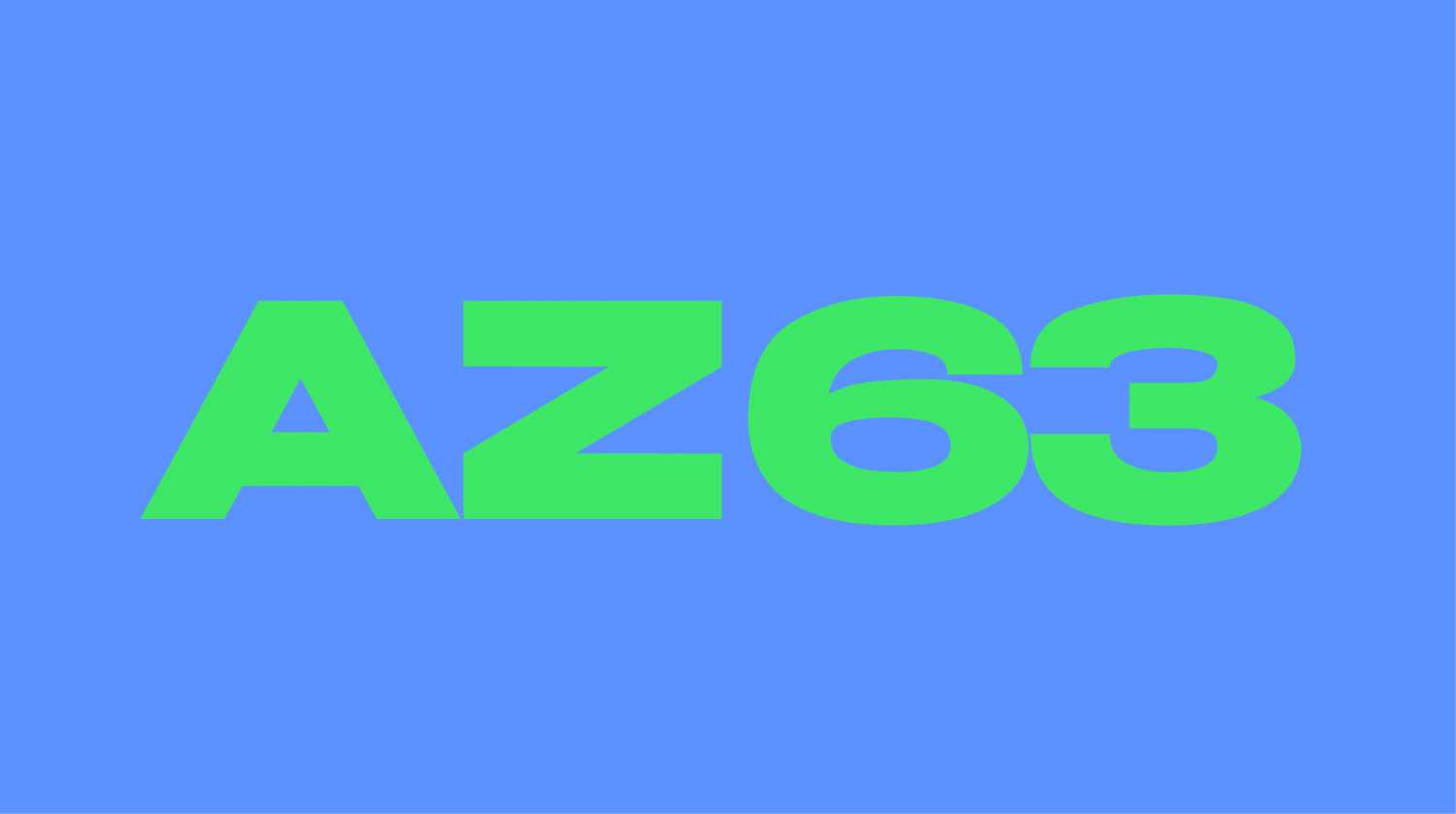
Votre navigateur est obsolète, l’affichage des contenus n’est pas garanti.
Veuillez effectuer une mise à jour.